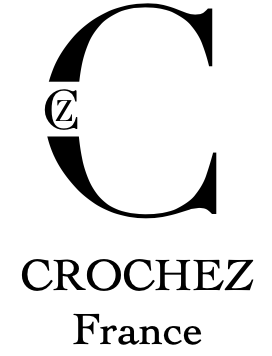Have you ever seen students tossing their hats in the air at the end of their studies? But where does this tradition come from? This festive act, often immortalized on social media, is much more than a simple display of joy. It symbolizes the end of an academic career, a milestone marked by the famous toss of the "mortarboard"—the graduates' square hat. Let's discover together the origins, meanings, and anecdotes surrounding this custom.
Origin of the Graduation Hat
The famous square hat, worn by students at graduation ceremonies, has its origins in the Middle Ages. At that time, scholars and members of the clergy wore headdresses that reflected their knowledge and social standing. The modern mortarboard, with its distinctive shape, is a direct descendant of these headdresses. It was designed for academics and clergy to mark their membership in the intellectual elite.
The square shape could also recall the clay tablets of antiquity, on which the first students engraved their knowledge, or the trowels used by medieval masons, symbolizing the edification of knowledge. Regardless of its exact origin, this hat is today a powerful academic symbol.
The Origin of Hat Tossing
The hat toss itself is a tradition believed to have begun in 1912 at the United States Naval Academy in Annapolis. Graduates, after receiving their commissions and officer caps, spontaneously tossed their old student hats into the air, celebrating the completion of their training. This symbolic gesture of transition was quickly adopted at universities across the United States and later spread worldwide.
Today, the hat toss is a collective gesture that marks success, liberation from academic constraints and the passage to a new chapter in life.

Symbol of Transition and Accomplishment
For students, tossing their hats represents much more than just a moment of joy. This gesture embodies the end of a long and arduous academic journey. It also symbolizes the transition to a new stage: the professional world, independence, or personal accomplishment. It is a ritual that reinforces the idea of a community of students sharing the same challenges and successes.
Additionally, the fact that you don't always find your hat after throwing it adds a playful and spontaneous touch to the ceremony. It's also a metaphor: the future is uncertain, and every student is ready to embrace the unknown.
Interesting Anecdotes
- The square shape of the graduates' hat has given rise to several interpretations: a reminder of ancient clay learning tables or a reference to masons' trowels symbolizing the construction of knowledge.
- A gesture gone viral : Thanks to social media, the hat toss is now a moment immortalized by thousands of photos and videos each year, giving this tradition a global impact.
- International Celebrations : While the hat toss is primarily an Anglo-Saxon tradition, some universities around the world adopt it with their own variations. In some cultures, the toss is not practiced, but the wearing of the hat remains a solemn moment of graduation.
Hat Toss Around the World
Although this tradition began in the United States, it has spread to many countries. However, each culture sometimes puts its own twist on this ritual. In Europe, while the hat toss is often observed at university ceremonies, some institutions prefer more formal celebrations, where the wearing of the hat remains important, but without the final toss.
In Japan, graduation ceremonies are often more subdued, marked by formal speeches and gestures of respect, but the hat still plays a symbolic role. In other parts of the world, the hat toss is replaced by songs, dances, or other local traditions that mark the transition from student to professional life.
Conclusion
The hat toss, so festive and seemingly innocuous, is actually a gesture laden with meaning. It represents the completion of a long journey, a transition into the unknown and the future. So, the next time you see students tossing their hats in the air, you'll know that this gesture symbolizes much more than a simple celebration: it is the completion of a journey rich in learning and the opening towards a future full of promise.
